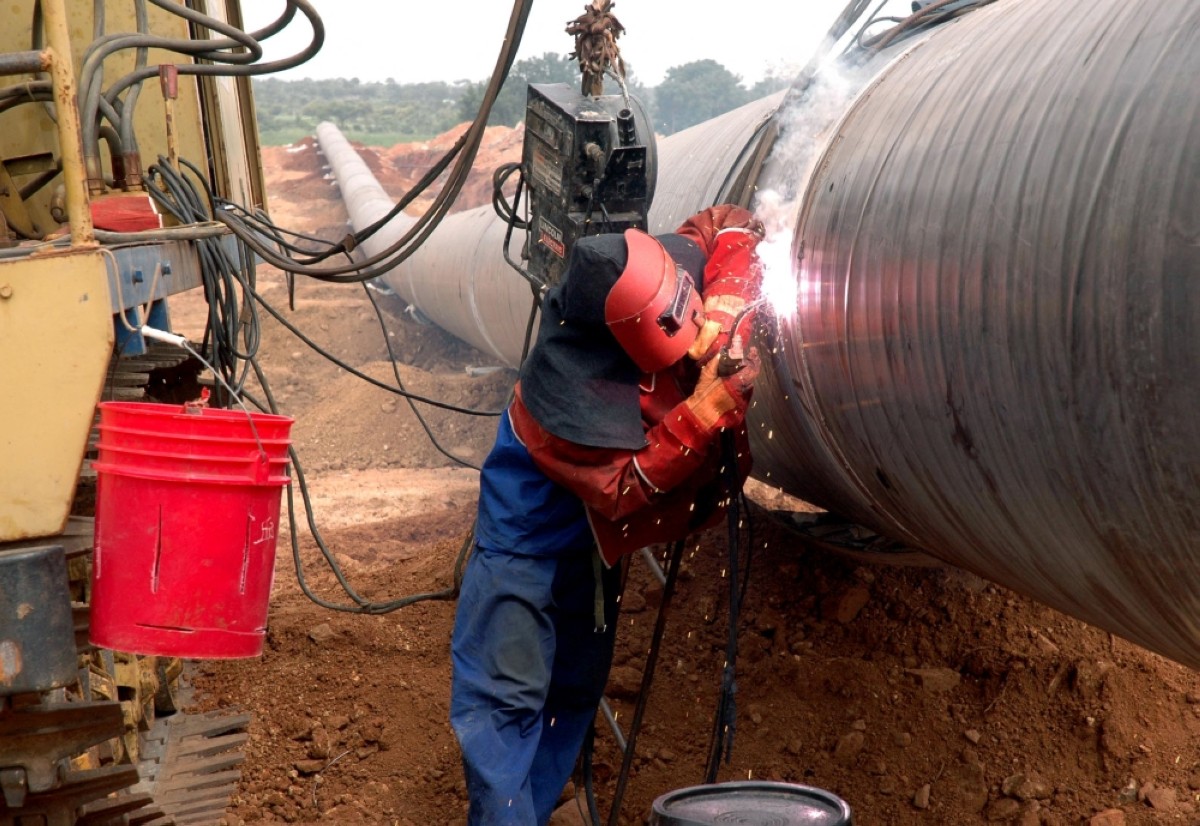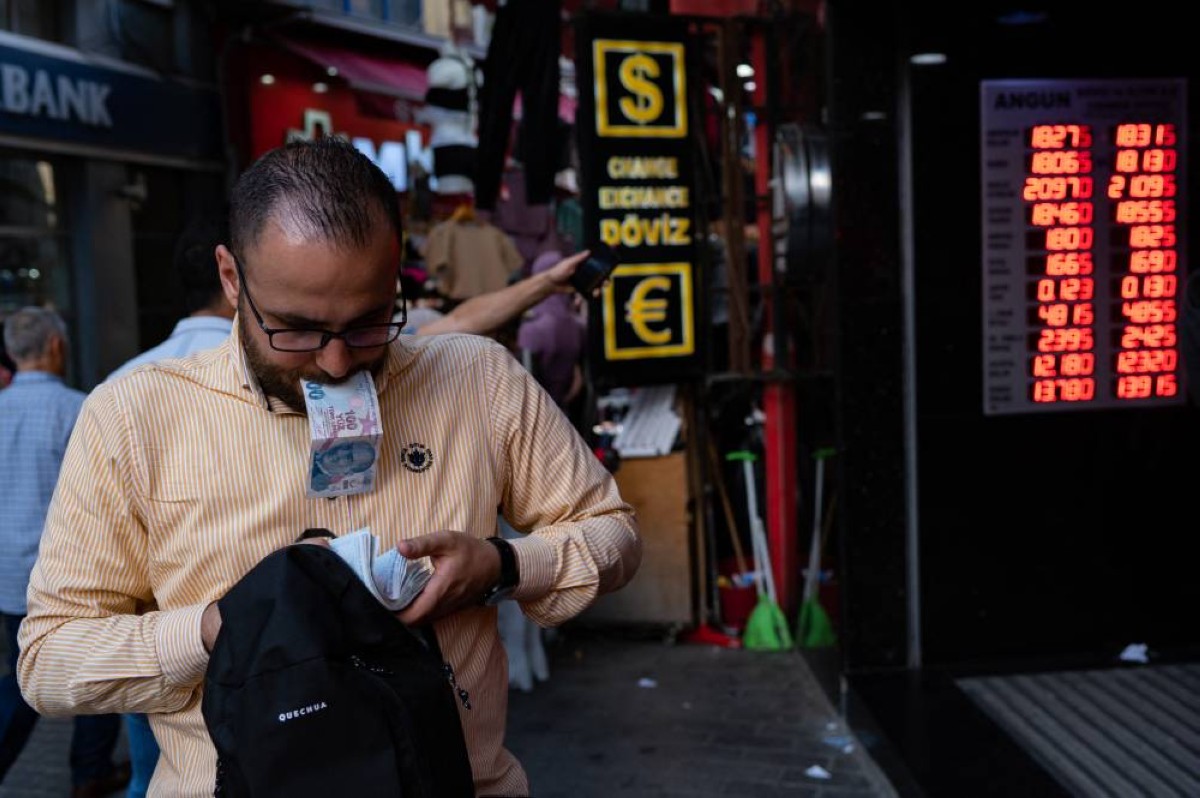Kuwait population hits 4.82 million
KUWAIT: Kuwait’s total population reached 4.82 million in H1 2023 (+8 percent y/y), finally topping its pre-pandemic level, on a steady but slowing rise in the number of Kuwaitis (+1.9 percent to 1.53 million) and a more marked gain in the number of expatriates (+11 percent y/y to 3.3 million), according to test demographic data from the Public Authority for Civil Information (PACI).

Meanwhile, Kuwaiti employment increased 2.9 percent y/y in H1 to 462K, with the public sector adding 8.2K (net) employees and the private sector shedding 1.3K (net) positions to 73K. The number of expat workers (excluding domestic workers) grew by a substantial 13 percent y/y in H1, in line with the post-pandemic improvement in the economy. This has helped resolve some of the labor shortages witnessed in the aftermath of the pandemic. The number of domestic workers, however, rose at an even faster 16 percent y/y.
Kuwait’s non-oil economic activity has continued to moderate in recent months, according to various sector-level indicators. Growth in consumer spending and domestic credit has slowed following strong performances last year, while the stock market dropped in Q3 as investors worldwide worried about the impact of ‘higher for longer’ interest rates. On a more positive note, project awards continued to trend higher in Q3 – boding for stronger investment spending next year – and there are signs that real estate activity is stabilizing after previous falls. Meanwhile, higher oil prices will boost the fiscal position and provide more space for infrastructure investment.
Oil prices were lifted in Q3 by tighter market fundamentals and, in October, by the return of the geopolitical risk premium as the world focused on the unfolding crisis in Gaza and potential regional escalation. On the domestic political front, ahead of the start of the new parliamentary session at the end of October, the government submitted a plan of its legislative priorities. In accordance with the government’s 4-year economic framework outlined in July, the priorities include: development of the northern region; the corporate tax law; the residency law; amendments to tender laws; and the real estate financing and mortgage laws. Parliament, for its part, is expected to prioritize bills to reform the strategic alternative (i.e. public wages structure), pensions and real estate financing laws. The extent to which the two branches of the political system find common ground on these and other reforms will determine the degree of progress on key economic diversification and fiscal sustainability objectives.
Oil surges in Q3
Oil prices surged in Q3, boosted by OPEC+’s extensive production cuts and better-than-expected global oil consumption data. Kuwait Export Crude stood at $98/bbl at the end of the quarter, up 26 percent from end June. Prices suffered a sharp 11 percent pullback in the first week of October on profit-taking and renewed global recession worries, before the conflict in Gaza pushed prices back up as the risk premium resurfaced. KEC stood at $94/bbl at mid-month.
Global oil supplies are expected to remain tight in Q4 2023 while Saudi and Russia continue to drive OPEC+ cuts. For Kuwait, crude production has hovered at around 2.55mb/d during May-August, largely in line with its reduced OPEC+ quota versus 2.68 mb/d pre-May. However, the lower target has been challenging for Kuwait, as the country looks to maximize use of the steadily ramping-up 650 kb/d Al-Zour refinery in order to supply low-sulphur diesel/gasoil and fuel oil to international markets and for which it needs additional crude. That has had to come by redirecting crude otherwise meant for export.
Consumer spending
Kuwait’s consumer spending growth has continued to trend softer following its exceptional post-pandemic surge. Central Bank of Kuwait (CBK) data showed growth in credit and debit card transactions easing to 7.8 percent y/y in Q2 2023, down from 13 percent in Q1. The slowdown takes place against a background of higher borrowing costs and an uncertain global macroeconomic backdrop. While there could be more moderation ahead, the consumer outlook for 2024 should be supported by expectations of steady (or even slightly falling) interest rates next year as well as expansionary government spending.
Real estate sales stood at KD 678 million in Q3 2023, down 16 percent y/y but slightly up on the quarter. Residential sector sales (KD 355 million) fell again, but at 18 percent y/y recorded the slowest decline since Q4 2022. Investment sector sales (apartments and apartment blocks) rose 6 percent q/q to KD 212 million, while commercial sales, at KD 111 million, fell 2 percent q/q. The Q3 data has taken overall point to a more stable market following the declines seen in previous quarters. This is particularly so given what could have been usual seasonal weakness in sales through the summer period. Sales have previously been pressured by high property valuations (affecting residential demand), higher borrowing costs and by investors taking a ‘wait and see’ approach on near-term economic conditions.
Our calculations based on Ministry of Justice data show price increases in the residential sector remaining generally flat (0.2 percent y/y) in Q3 2023, while prices in the investment segment continue to fall slightly (-3.1 percent y/y).
Project awards
Encouragingly, project awards continued to gather momentum in Q3, with the value of contracts awarded rising 6 percent q/q to KD 683 million. This was the largest quarterly figure since Q3 2018. Admittedly, 83 percent of this was related to just two transport sector projects. But with KD 1.86 billion worth of contracts signed in Q1-Q3, 2023 is shaping up to be the best year since 2017. While the Al-Zour Petrochemicals project and government capex spending is uncertain – the budget called for a 15 percent cut in outlays – the outlook for awards remains positive, especially with oil prices (and thus fiscal spending) expected to remain elevated. The resumption of expatriate inflows in 2023 post-pandemic can also be interpreted as a sign of improving projects activity. MEED Projects expects KD 3 billion in contract awards in the next two quarters, mostly concentrated in the power and water sectors.
Inflation moderate, but stable
Consumer price inflation has been broadly steady in recent months, standing at 3.7 percent y/y in September, albeit up from 3.3 percent at the start of the year. Core inflation (ie excluding food and housing) has also edged up but is lower than the headline rate at 3.4 percent.
While year-on-year inflation has remained steady at around this level since March, price growth at the quarterly level eased in Q3, to 0.5 percent q/q from 0.9 percent in Q2 and 1.1 percent in Q1. Prices in the housing services (mostly rents) category, the largest component by weight, rose by 3.1 percent y/y in September, while price growth in the food & beverages category softened to a three-year low (+5.7 percent y/y), in line with easing global food price inflation. A combination of base effects, softer credit growth and normalizing consumer spending growth should see the headline rate slow further towards 3.0 percent by year-end.
Credit growth still slowing
2023 has been a weak year for domestic credit growth, barely expanding in the year-to-August (+0.4 percent ytd) and slowing to 2.2 percent y/y, a multi-year low. Business credit inched up by just 0.2 percent ytd (+0.3 percent y/y) and household credit by 0.9 percent through August (+3.0 percent y/y). The latter, after a very slow start to the year, has picked up, posting in August its third decent month in four. Higher interest rates, less bank price competition and normalizing growth following a very strong 2022 are some of the factors behind the weak performance so far this year. Lending growth is unlikely to improve in H2 2023 as, historically, H2 tends to be weaker than H1.
Meanwhile, after a decent start to the year, resident deposit growth has weakened, declining in the three months to August and pushing down the year-to-August increase to only 1.4 percent (+0.8 percent y/y). The decline has been driven by weakening private-sector (+1.7 percent ytd; +3.9 percent y/y) and public-institution deposit growth (-14.9 percent ytd; -21 percent y/y), while government deposit growth has been positive (+30 percent ytd; +12.2 percent y/y). Within private-sector KD deposits, the outflow from current and savings accounts (CASA) continues unabated, with the ytd decrease widening to 9 percent while time deposits remain on an uptrend, increasing by 12 percent ytd. The Central Bank of Kuwait hiked the discount rate by a cumulative 2.75 percent since March 2022, nearly half of the US Fed’s cumulative 5.25 percent over the same period. The Fed appears to be close to ending its hiking cycle, with its dot-plot projections suggesting one final hike before year-end while the futures market signals no more hikes.











